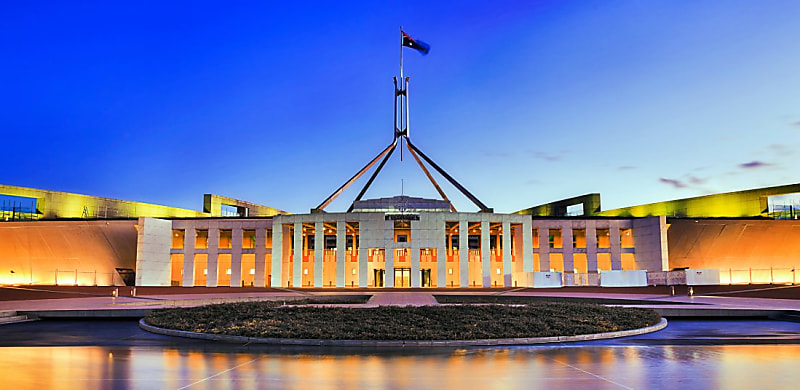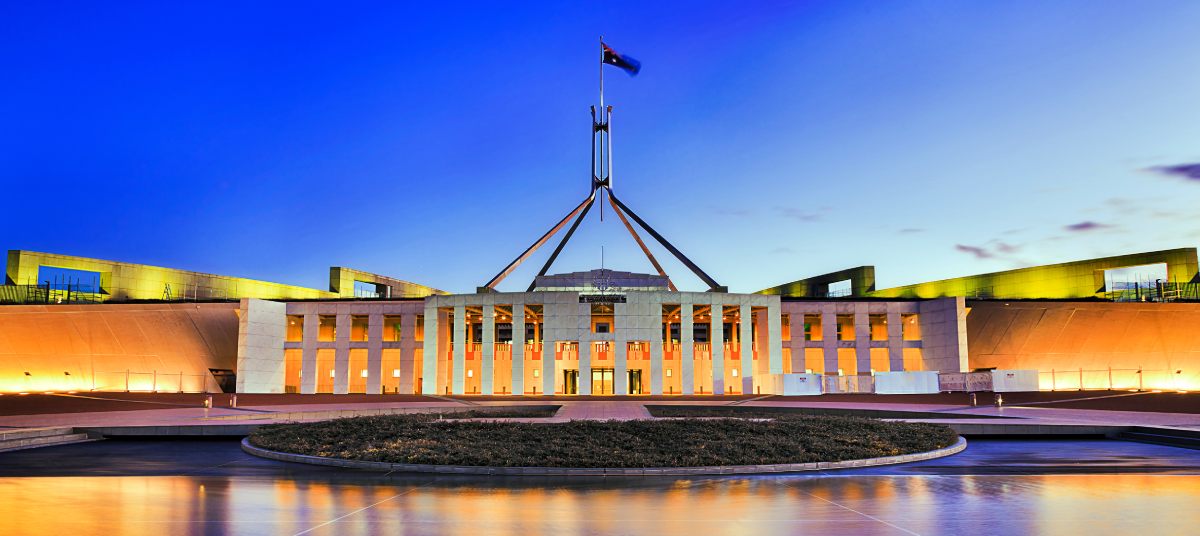
After Australians across the nation took to the polls on Saturday, we now know what to expect from the incoming government on housing.
The Australian Labor Party has won the 2025 federal election, with Anthony Albanese set to lead the country in the 48th Parliament after a landslide win. He becomes the first Prime Minister to have secured a second consecutive term in 21 years.
While votes are still being counted and finalised, ABC projections showed that the Labor Party is set to secure more than 85 seats – more than the 76 seats required and more than the party had held in its previous administration.
The Liberal-National Coalition had a lower success rate than forecast, with fewer than 40 seats called in its favour by Sunday night – with Opposition Leader Peter Dutton also losing his seat of Dickson for the first time in 24 years – after Australians swung to Labor.
Speaking in his victory speech on Saturday evening (3 May), Albanese said: “It is with a deep sense of humility and a profound sense of responsibility that the first thing that I do tonight is to say: ‘Thank you’ to the people of Australia...
“Today, the Australian people have voted for Australian values: for fairness, aspiration and opportunity for all. For the strength to show courage in adversity and kindness to those in need. And Australians have voted for a future that holds true to these values, a future built on everything that holds us together as Australians, and everything that sets our nation apart from the world.
“In this time of global uncertainty, Australians have chosen optimism and determination.”
In his speech, Prime Minister Albanese said the Labor government would prioritise fair wages, affordable childcare, increased education and healthcare funding, climate change action, reconciliation with First Nations people, expanded public services and training, and housing and home ownership support.
He said that the government would “govern for every Australian”, including “every Australian who deserves the security of a roof over their head or dreams of owning their own home”.
Indeed, with the country facing record-high house prices, a key focus of this campaign has been on housing affordability.
When asked to name the key issues they believe all political parties should focus on during the upcoming election, Australians said housing affordability was the third most important factor, with 43 per cent of respondents flagging it, according to NAB research.
Labor has pledged to lift total commitments in housing to $33 billion through measures, including those aimed at making it easier to buy homes and build houses faster.
These include:
-
Expanding the Home Guarantee Scheme to all first home buyers and continuing the Regional Home Guarantee and Family Home Guarantee.
-
Fast-tracking qualifications for 6,000 tradies in an effort to grow the number of construction workers and boost the housing supply.
-
Setting higher-income caps and property price limits for the incoming shared equity Help to Buy Scheme in a bid to help more first home buyers enter the market. The government will set aside $6.3 billion – an $800 million increase – for the scheme.
-
Banning foreign buyers from purchasing existing homes for two years from 1 April 2025 to take pressure off the housing market.
-
Rolling out the first two rounds of the $10 billion Housing Australia Future Fund, helping deliver approximately 18,000 social and affordable homes for those who need them most.
-
Investing $54 million in prefabricated and modular home construction.
-
Providing $9.3 billion for homelessness prevention, crisis support, and social housing maintenance.
-
Committing $1.5 billion through the Housing Support Program to fund projects to improve planning capability, deliver enabling infrastructure, and build more social housing. The government will offer $3 billion in incentive payments under the New Homes Bonus and up to $4.5 billion in funding is committed to addressing infrastructure backlogs and delivering new housing.
-
Increasing maximum rates of Commonwealth Rent Assistance by 45 per cent for around 1 million households.
-
Refining the build-to-rent tax concessions to increase rental housing supply, including affordable tenancies, and provide greater security for renters with stable five-year tenancies. This is expected to support the construction of around 80,000 new rental homes over the next decade, including 8,000 affordable homes, alongside state and territory initiatives.
-
Doubling incentive payments so eligible apprentices get up to $10,000 if they train up in the housing construction sector. Employers of apprentices in priority occupations may also receive up to $5,000, with the Priority Hiring Incentive extended to 31 December 2025.
What does the mortgage industry think?
Ahead of the election results, members of the broking industry said they wanted the new government to also address supply-side challenges.
Melissa Gielnik, founder and director at mortgage brokerage Smart Lending, said: “I think it’s going to take a decade to get the housing crisis under control. I think there is no quick fix and that’s the problem.”
Redom Syed from Flint Group, told The Adviser supply policies are a “slow burn – they take years”.
“But they’ve started. What we’re seeing now are demand-side measures to bridge the gap,” Syed said.
“The challenge isn’t just building more homes – it’s making sure people can actually buy them. These policies help do that.”
[Related: Brokers weigh in on major party housing policies]

